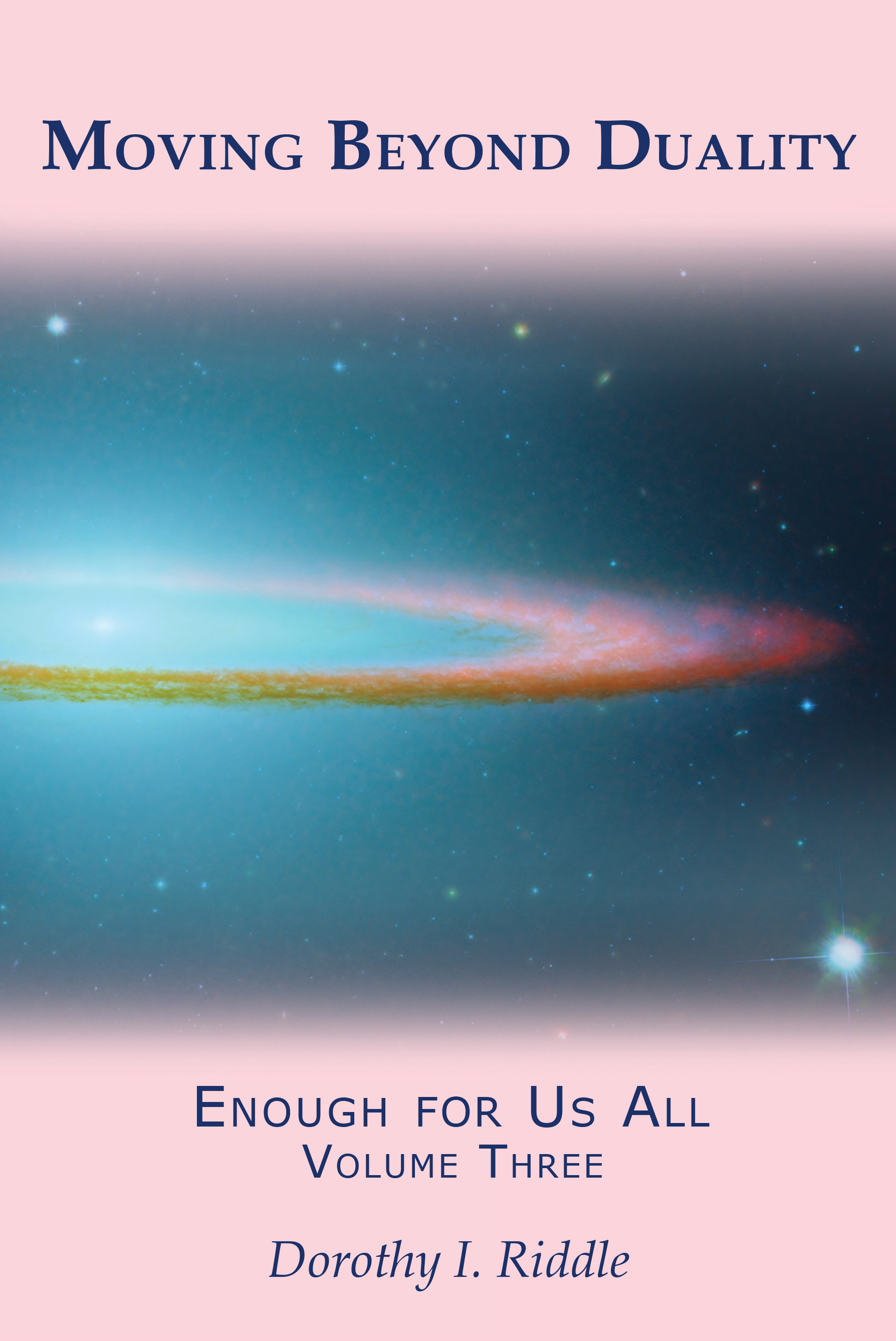- Home
- Editor's Notes
- Current Issue
- Riki Reflects
- Spiritual Traveler
- Starz Emporium
- Classifieds
- Advertise with Us
- Submissions
- Awards
- About Us
- Contact Us
Living Joyously
By Dr. Dorothy I. Riddle
 Our natural state is joyous. Watch contented babies as they giggle with exuberance. Remember that ecstatic feeling of being in love … with the whole world. Recall the exalted feeling of meditative contemplation. This is what is possible when we are centered in the moment and embrace our deep connection with all of life. Living a joyous life brings with it better health – lowering stress levels, boosting our immune system, and triggering endorphins for an overall sense of individual well-being. Movements like laughter yoga encourage us to consciously create a physical state that oxygenates the body and brings a sense of connection with life. Bhutan’s introduction, in 1972, of the measurement of Gross National Happiness has helped produce the more recent national measurements of well-being. So we know that being joyous not only feels good but is good for us. Then why aren’t we joyous all the time? There are three fundamental causes for our developing the kind of energetic rigidity, or unnatural distancing, that interferes with our experiencing the joy that flows from being part of the cosmic Whole. The first cause is fear – fear of failure, of being excluded, or being viewed as “less than.” We forget that, being part of the Whole, there is no reason to be fearful. Instead we create the separation – the distance, the feeling of being all alone – through the tension of our fear. The second cause flows from that fear – we begin to behave in ways that increase distance and create a sense of “us” and “them.” Often we are unaware of these common behaviors, and so it becomes important to notice them: 1. Dismissiveness, or not taking another (or ourselves) seriously. We say things like, “That doesn’t really matter” or “You can’t be serious” or “Come on … you don’t really mean that.” At its most extreme, we simply refuse to see the other and consciously or unconsciously shun them. 2. Stereotyping, or seeing another only as part of a homogeneous group. We say things like, “Men don’t understand” or “Poor people are red necks” or “Women are too emotional to lead effectively.” We assume that people are uni-dimensional, defined by a single characteristic. 3. Objectification, or seeing another only as a means to meeting our own needs. We say things like, “She sure looks hot” or “He’s awfully slow” or “She’s mine.” We are particularly likely to objectify females by focusing on their physical attractiveness instead of their competence. 4. Paternalism, or treating another capable adult as incapable of caring for themselves. We say things like, “Oh, let me get that – it’s too heavy for you” or “Don’t you worry about that” or “I wouldn’t expect you to understand.” The most common paternalistic comment is referring to adult females as “girls” rather than women, as in “I just hired a new girl in marketing.” 5. Disparagement, or feeling better by demeaning others physically, verbally, or in our thoughts. We say things like, “Did you hear that …” or “She may think she’s ….” or “Wait till so-and-so finds out that …” While most of us would never consider physically harming another person, we might very well indulge in some malicious gossip or negative thoughts. The third cause mimics the second but has a different motivation – mental laziness. We lapse into the habit of “either/or” thinking because it is easier than searching for and exploring nuances. The “us/them” dynamic is just one example of that “either/or” thinking. How can we change the habits that distance ourselves from others and reduce our ability to live joyously? Good intentions alone are not enough because we may be unaware of what we are doing. There are at least three strategies that we can use to remove these barriers to joyous living: 1. To offset fear, we can adopt an experimental attitude. We can remember that we actually learn best through trial and error. As Albert Einstein has said, “Anyone who has never made a mistake has never tried anything new.” We need to give ourselves permission to try a range of new behaviors without fear of failure. 2. To bridge, and ultimately remove, the distance we habitually create, we can become more mindful of our thoughts. By selecting one pattern to change and then monitoring ourselves, we can gradually remove that rigidity that separates us from cosmic wholeness. 3. To reverse lazy “either/or” thinking, we can commit to posing multiple alternatives – i.e., consciously listing more than two options. We are all essential components of a dynamic cosmic energy field. If we allow our thoughts and feelings and actions to connect us to, rather than distance us from, others, we will experience the joy that is our true heritage. About the author Dr. Dorothy I. Riddle is a psychologist, social change specialist, and the Chairperson of the School for Esoteric Studies. Her new book, “Moving Beyond Duality,” integrates research from quantum physics, life sciences, and social sciences to expose our embedded habits that hold the harmful illusion of “us-them” duality in place and provides practical strategies for shifting from scarcity to abundance, from fear to joy. www.EnoughForUsAll.com |
Share this article with friends!
|
Copyright © 1998 - 2025 Mystic Living Today All rights, including copyright, in the content of these Mystic Living Today web pages are owned or controlled for these purposes by Planet Starz, Inc. Terms of Service Disclaimer and Legal Information For questions or comment, contact Starzcast@mysticlivingtoday.com. Reproduction of this page in any form is not allowed without permission of the author and the owner of this site. All material on this web site, including text, photographs, graphics, code and/or software, are protected by international copyright and trademark laws. Unauthorized use is not permitted. You may not modify, copy, reproduce, republish, upload, post, transmit or distribute, in any manner, the material on this web site. Unless permissions is granted. |



